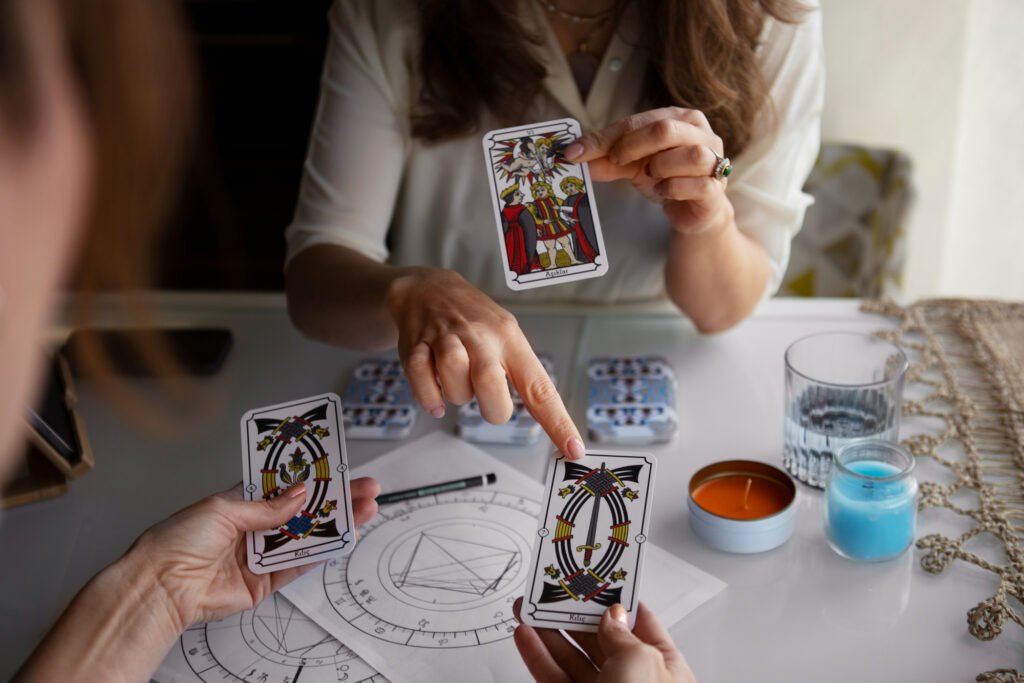Learning to read tarot cards can be an enriching experience that combines intuition, symbolism, and self-reflection. Whether you’re new to tarot or looking to deepen your understanding, here’s a more structured guide to help you get started and enhance your skills:
Tarot readings should be approached with respect and sensitivity. It’s important to remember that the cards can bring up sensitive issues. Ethical tarot readers typically avoid making definitive predictions, focusing instead on offering guidance and highlighting potential outcomes based on the querent’s current path.
Whether you see tarot as a tool for spiritual guidance, a method for self-exploration, or simply a way to tell stories through symbolic imagery, it offers a rich and complex tradition worth exploring.


